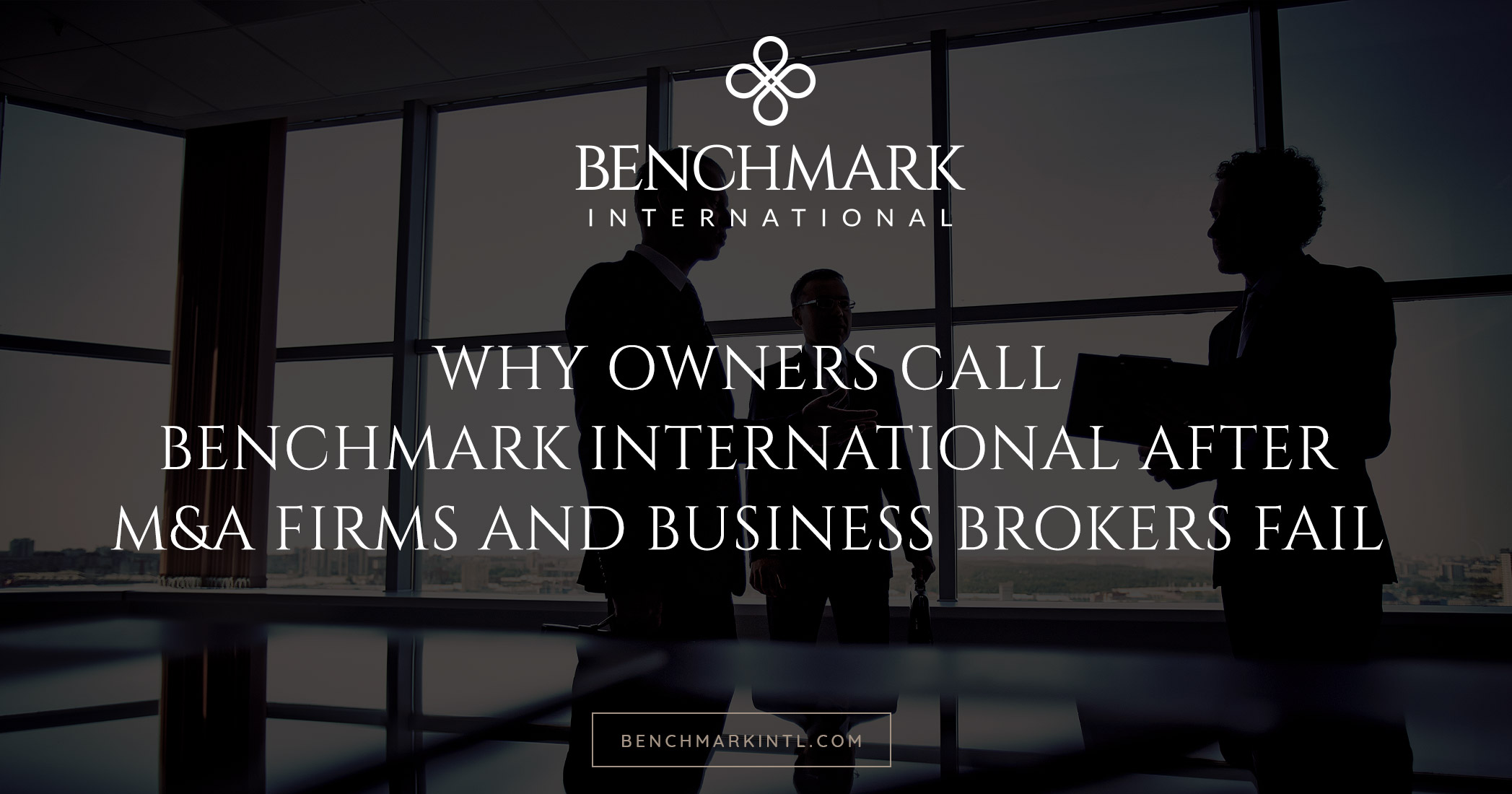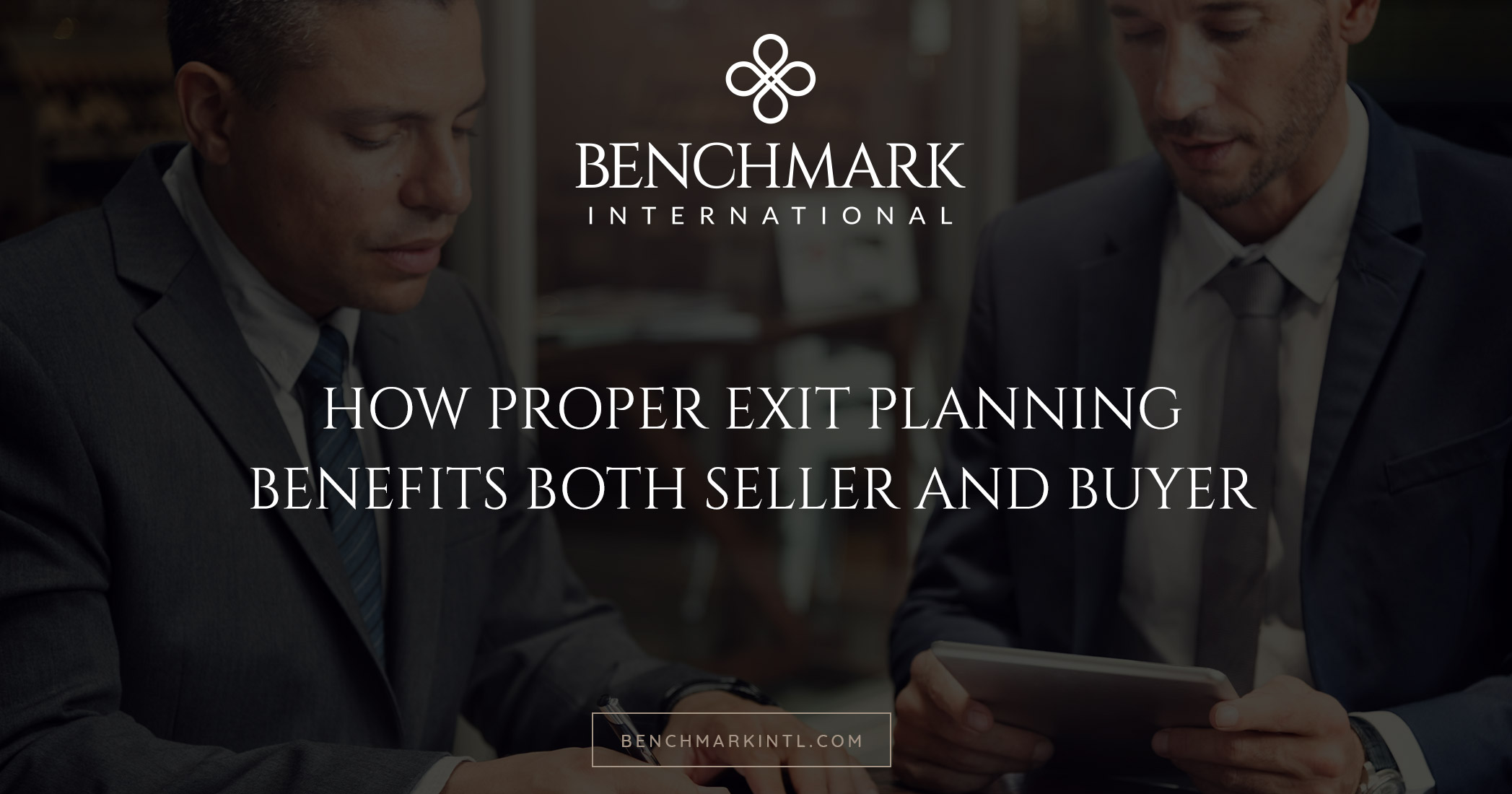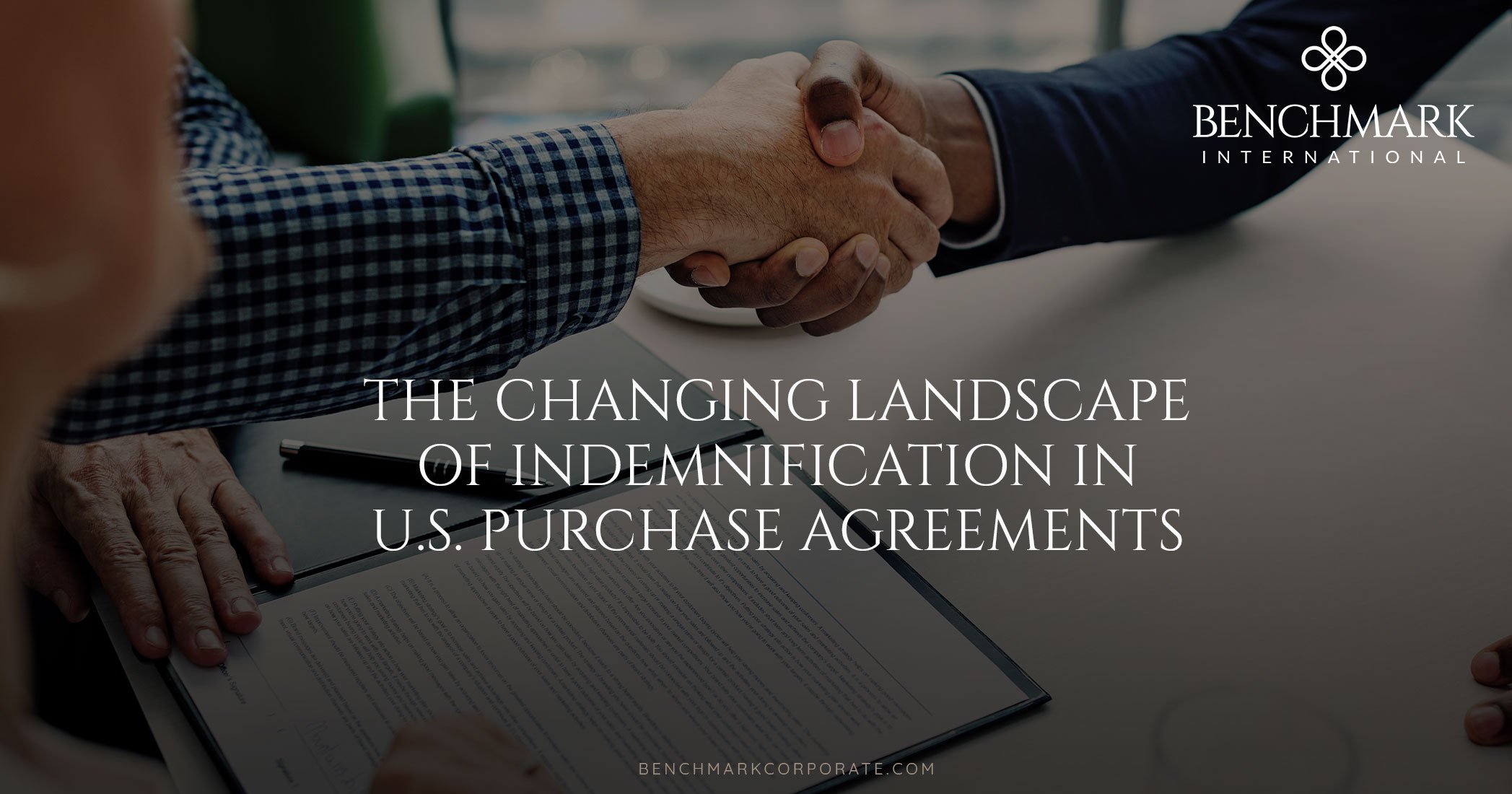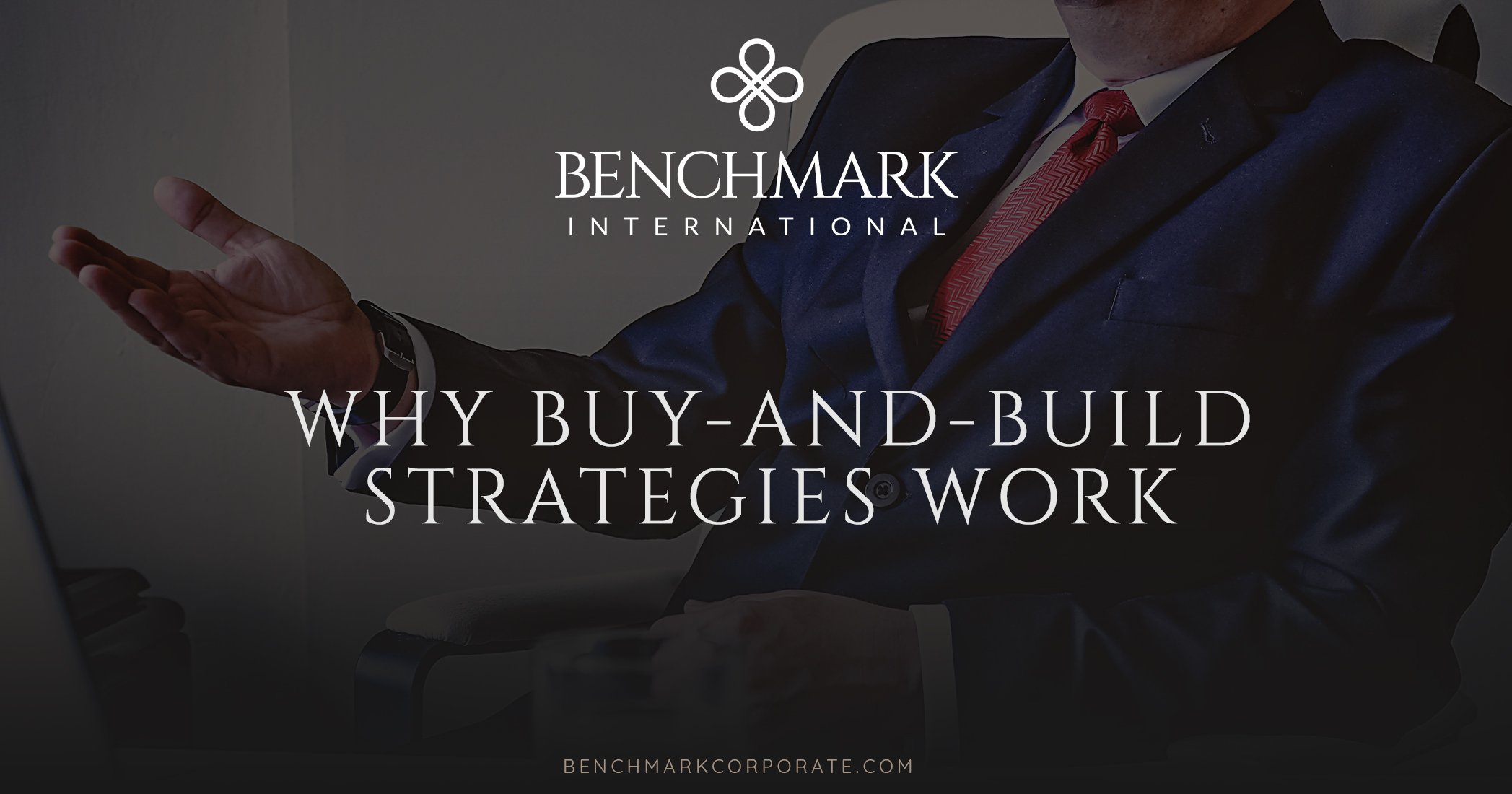When an individual buys a business, it may be assumed that the buyer will be taking over the leadership of that company. In these cases, we most often see the seller stay on for no more than six months, and also in a part-time capacity. In the less common situation, in which the individual buyer is not coming in to run the business, we see sellers staying on for two to three years.
These time periods can involve full-time or part-time commitments. Also, they are typically graduated with the timing commitment. Most often, shifting from employment to consulting after a third or half of the total time commitment, whether that be six months or three years.
The seller should have created some expectations for the buyer at some point in the process, typically as early as when the seller provides the initial teaser to the buyer. However, we often see our clients change their views on this matter as their going-to-market process unfolds, and we see their views shift based on the comfort level they see with a potential buyer. Therefore, any written guidance should be confirmed in discussions before preparing an offer.
The more cooperation you are expecting to receive for the seller, the more capital you should be prepared to commit in exchange for that support. Sellers will not agree to provide employment or consulting services post-closing without compensation. In reality, for the buyer, this salary or consulting fee is actually just another deal cost. The necessary amount of money can be set aside from your pool of funds, set aside from transaction costs, or viewed as an additional portion of your purchase price (though it may not be best to characterize it as such to them since sellers may not see it that way). Remember that everyone values their time and wants to be compensated for it.
Some key factors to think about when coming up with your request/plans in this regard include:
- What key relationships will need to be turned over from the seller to you?
- How involved is the seller in the day-to-day operations, based on what you've seen working up to the offer, versus what you've been told?
- What experience do you have with running a business?
- How much experience do you have with this industry?
- How much assistance will the second tier of management be in those early days after the closing?
- What kind of relationships have you been able to build with the management team leading up to the offer?(Often, the answer is: none.)
- Is the business at a crucial junction in its growth, recovery, business cycle, or financial year?
- When the seller is not available, who will you turn to for assistance, and how will you solve the really difficult issues that may arise?
It never hurts to have this discussion with the seller prior to preparing an offer. It is a point that the seller will have a keen interest in, and coming to the correct result will be a key factor in the success of your new business.
Author
Clinton Johnston
Managing Director
Benchmark International
T: +1 813 898 2350
E: Johnston@benchmarkintl.com
 Benchmark International
Benchmark International  Benchmark International
Benchmark International 































